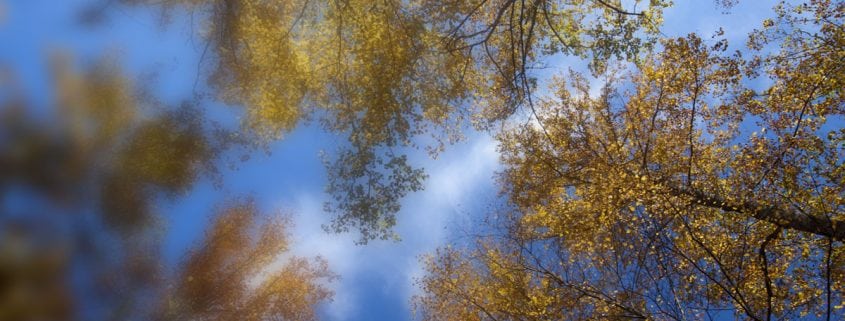Regular Tree Trimming keeps power rates low
Trimming trees is one of the most expensive things your local co-op does. Co-ops spend million of dollars each year keeping trees and other vegetation away from their power lines. This may leave you wondering, if trimming trees is so expensive, then why do it?
There are three reasons your local co-op trims trees: safety, reliability and to save our consumers money.
The first two reasons seem simple enough. Trees near power lines can pose a safety threat to people and pets on the ground. When trees get too close to power lines, outages are sure to come.
But the third reason – saving money – is a little more complicated. Even though co-ops spend millions of dollars each year trimming trees, it is actually cheaper to trim trees than not. Here’s why.
Trees and other vegetation growing near power lines can create serious damage to the distribution system. A tree falling into a power line can not only break the wire, it frequently breaks the pole as well. Replacing a pole can cost thousands of dollars. If the pole has a transformer, security light or expensive monitoring equipment on it, the cost could be even higher. In most cases, the expense of trimming the tree is far less than repairing or replacing equipment.
Another factor to consider is the efficient use of our crews. Co-op construction and maintenance teams work very hard for about eight to 10 hours each weekday. Statistically, tree damage is far more likely to occur when our crews are not “on the clock.” We believe it is reasonable to pay our crews more when we ask them to make repairs outside of normal business hours. This means that planned tree trimming is far less expensive than making emergency, after-hour repairs.
The final reason that trimming trees saves money is something called line-loss. If you have ever driven along the road where there is poorly maintained right of way (hopefully not on one of our systems), you probably saw the tips of trees burned by power lines. Not only is this a serious safety hazard, it is also an indication of power flowing out of the lines and into the surrounding trees. This “leakage” is called line-loss, and it can add up to serious money for the cooperative. Co-ops buy energy from TVA to sell to their consumers, and loosing power during distribution is a very inefficient way to operate an electric system.





Leave a Reply
Want to join the discussion?Feel free to contribute!